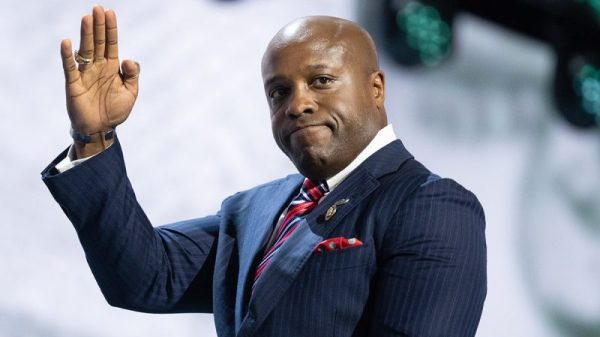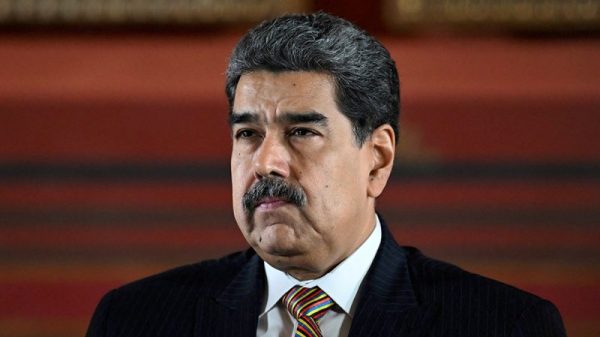In the recent political landscape, the positioning of Vice President Kamala Harris has been under scrutiny as she appears to be shifting towards the center, causing some concern among progressives. While this move may be viewed as a strategic decision to appeal to a broader audience and gain bipartisan support, it has raised questions about Harris’s commitment to the progressive agenda. Progressives, who had high expectations for Harris as a champion of their causes, are now assessing the implications of her centrist shift.
The progressive movement has been gaining momentum in recent years, with a growing number of Americans rallying behind comprehensive social and economic reforms. Harris, as a prominent figure within the Democratic Party, was expected to align closely with these progressive values and advocate for policies that address issues such as income inequality, healthcare reform, and climate change. However, her recent positioning has sparked concerns that she may be compromising on these principles in favor of a more moderate approach.
One of the key concerns for progressives is that Harris’s shift towards the center may alienate the base of the Democratic Party, which is increasingly leaning towards more progressive policies. By veering away from these ideals, Harris risks losing the support of the progressive wing of the party, which played a crucial role in her election to the vice presidency. As progressive groups and activists closely monitor Harris’s policy stances and public statements, they are assessing whether she continues to prioritize their concerns or if she is moving towards a more centrist agenda.
The relationship between Harris and progressives is pivotal, as it reflects the broader dynamics within the Democratic Party and its approach to policymaking. The tension between ideological purity and pragmatic compromise is a recurring theme in politics, and Harris’s positioning serves as a microcosm of this debate. While some progressives are willing to give Harris the benefit of the doubt and see her centrist shift as a necessary step towards broader appeal, others are more critical of what they perceive as a betrayal of progressive values.
Ultimately, the question remains: how will Harris navigate this delicate balance between appeasing a broad coalition of voters and upholding the core principles of the progressive movement? As she continues to define her policy positions and priorities, Harris will need to engage with the concerns and expectations of progressives while also appealing to a wider electorate. The coming months will be crucial in determining the trajectory of Harris’s political career and her relationship with the progressive wing of the Democratic Party. As debates over key policy issues unfold, Harris’s decisions will shape not only her own political future but also the direction of the progressive movement in the United States.






















